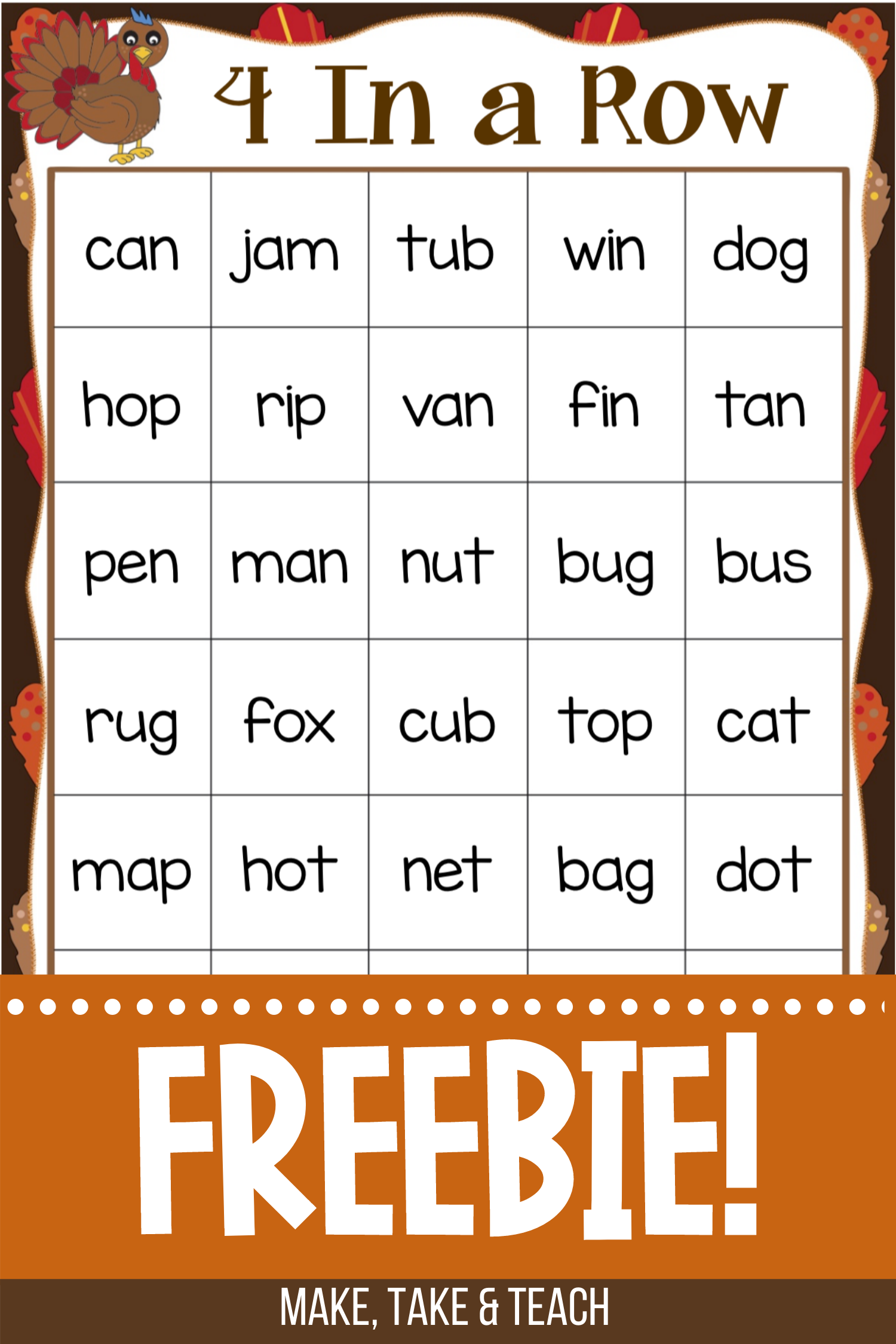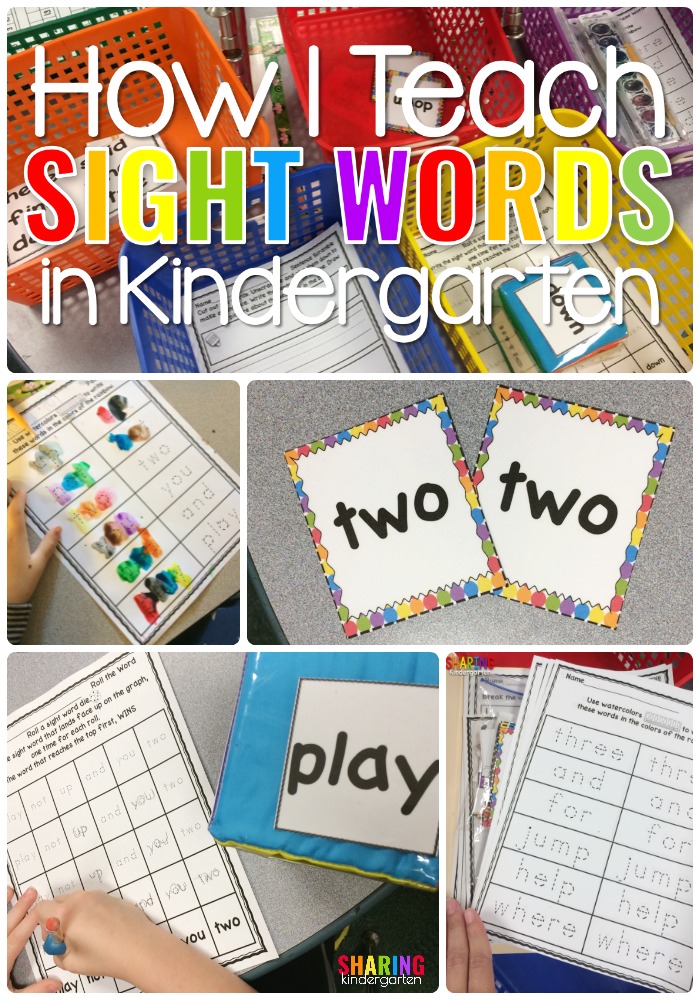
Once they answer, I explain that they’re correct, but in this word, the /eh/ sound doesn’t follow the normal rules and is represented by different letters. I start by asking my students what letter or letters normally represent the /eh/ sound. What is a Heart Part?Īfter we’ve graphed all of the parts that are decodable, I will go back to the parts that aren’t, In the word “said”, that middle sound, /eh/, is represented by ai.
#Teaching sight words how to#
As you can see, 2 out of the 3 sounds in the word are decodable! Now let’s look at how to handle that one part that isn’t decodable. I normally leave the counter on this sound (for now) and move on to the final sound /d/ which is represented by the letter d. When we move to the second sound /eh/, it is not represented by the typical letter that makes that sound- e. For “said”, we start with the initial sound /s/ which is represented by the letter s. Graphemes are the letters that make up the phonemes (sounds). Next, I have my students map, or show, how many sounds they hear with counters. I always have my students tell me how many sounds they hear. Then, together we tap it and break it down into how many sounds we hear: /s/ /eh/ /d/. So, I will say “said”, my students repeat “said”. We aren’t listening for how many letters. Coming from a fundations background, we tap out the word touching our thumb to our pointer, middle, ring, and then pinky fingers as necessary. Tap Itįirst, when teaching students a new word, we can have them tap the word.
#Teaching sight words for free#
You can download this template for free in my free resource library for email subscribers.

I use a printable template like the one shown in the examples. In my classroom, we break it down to three steps. Their might be parts that don’t, so we address those.

Most high frequency words follow regular spelling patterns. How can we use the science of reading to teach students how to read so called “sight words”? The answer is that we teach students to breakdown the words and discover which letters represent each sound. How do we help students learn “sight words”? This leads you to commit the word to memory. However, once your brain understand the patterns and recognizes the word, it no longer needs to sound it out each time. They can be decoded just like other words. Most parts of sight words don’t need to be memorized. You might be thinking “but you said you don’t have to memorize sight words. Whether it was taught implicitly or not, you’ve developed the knowledge of how the English language which has allowed you to memorize so many words. So, how has your brain acquired so many words you can read on sight? You’ve learned the sounds, rules, and patterns that make up the English language. This article is most likely made up of words you can read on sight: ie sight words. I’m using very common words, and you’ve likely not needed to sound out even one. Just think about when you’re reading this article.

You probably only need to sound out new or unusual words. You don’t need to sound out many words at all. Adults can recognize between 30,000 and 70,000 sight words! ( stat from here) A sight word is just a word that you can recognize by sight. However, the idea that we just have to memorize them because they can’t be sounded out is far from true.Īctually, you know a whole lot more than 500 sight words. It is true that many of the “sight words” or “high frequency” words we teach are very frequently used in spoken and written English language. This means students can’t sound them out, so they just have to memorize them. Many teachers, myself included, were taught that sight words are the most commonly used words and that they often can’t be decoded. When you hear the word “sight word” or “high frequency word” the names Dolch and Fry might come to mind. So, let’s take a closer look at the truth about sight words and how the science of reading can actually make teaching new words easier! So, what exactly IS a sight word? And, the ones that do have parts that don’t follow the typical letter sound patterns? Typically parts of them can be sounded out. The good thing is that the truth is this: sight words actually CAN be sounded out.

Sight words are words that you just have to memorize because they don’t “follow the rules”, right? Actually, wrong! Many of us, including myself, have taught this for years.


 0 kommentar(er)
0 kommentar(er)
